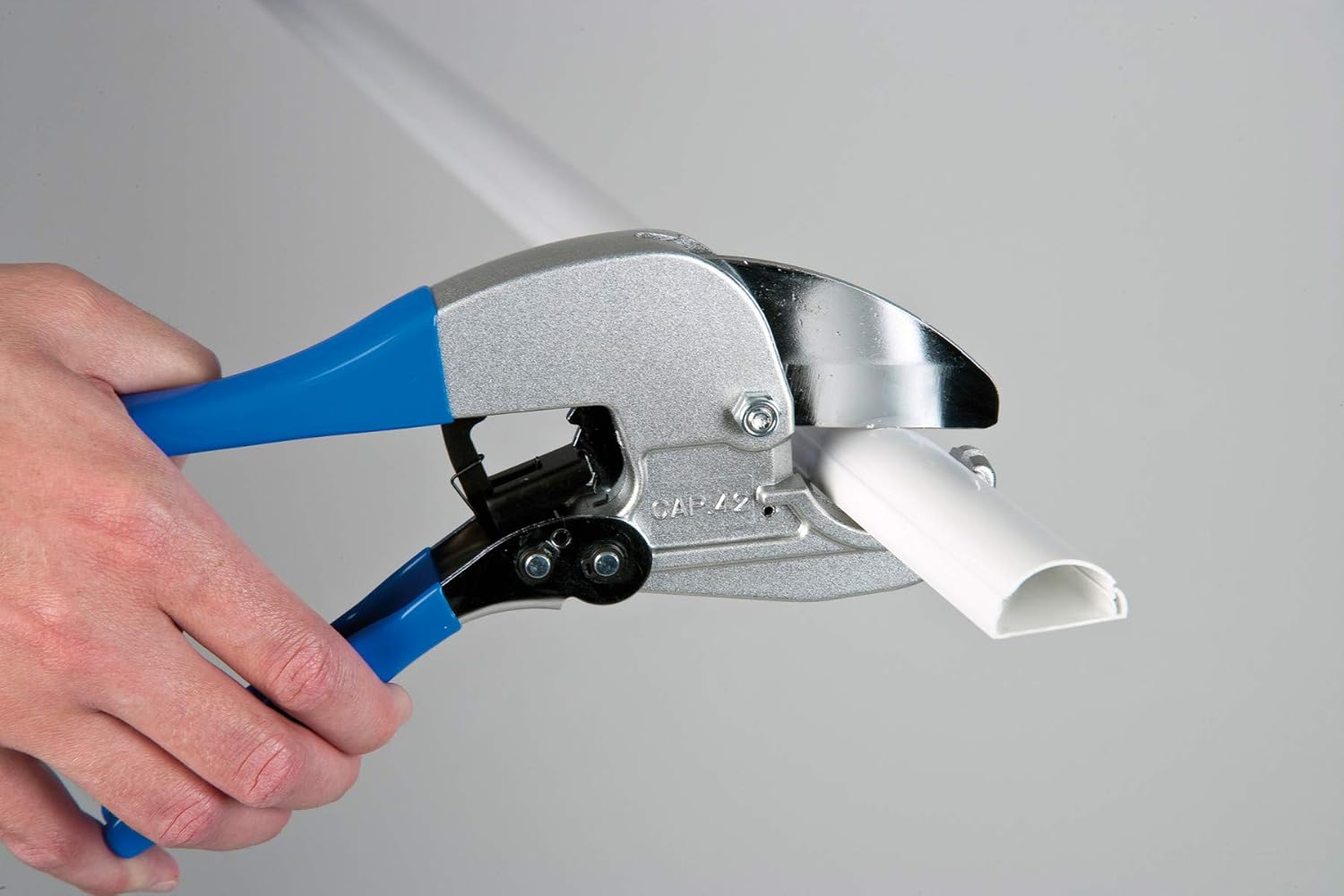About this deal
No risk! The cavity in the lid section is designed for low-voltage cables, which do not emit excessive heat - & the lid has multiple vents. Connecting an SWA will provide you with electricity and lighting, as well as the option to add heating. It’s a great way to turn an external building into a practical extra room, such as for a home office, gym or even a man cave. If you’re considering a shed conversion then it’s one of the most important stages too.
Metal Trunking is used to house electrical cables. It’s often hidden behind plaster within walls or underneath flooring, and helps keep everything in the position you placed it. Before you begin the installation, make sure you have all the required tools and materials. These typically include: Installing galvanised trunking is a straightforward process that can significantly improve the organisation and protection of your electrical cables. By following this step-by-step guide, you can successfully install galvanised trunking in a variety of settings.When you reach the end of one trunking section, you will need to connect it to the next section to continue the cable pathway. Use a connector specifically designed for galvanised trunking to join the sections securely. Follow the manufacturer's guidelines for proper installation of the connectors. Thanks for the video link. That was most helpful. I've had a go at making a diagram. I made a strip like you and then folded it. When folded the top will run from D to E and the bottom G to C to F to H. The dotted lines show where the strip is folded. Of course, the strip doesn't look like the diagram (as it is straight) but, hopefully, what I've done is how you want to construct your trunking.
Assess your current cable needs and estimate potential future growth. It's better to have some extra capacity to accommodate any expansions. Metal Trunking is designed to keep all your cables in one place, while Conduit takes specific wires off to different appliances. For example, you’ll find Trunking behind the walls of a kitchen, but Conduit will take electricity to things like the oven and fridge. Yes, wearing safety equipment such as gloves and goggles is highly recommended. It protects you from any potential hazards during the installation process. Use cable clips at regular intervals to secure and organize the cables inside the trunking. This prevents tangling and ensures easy maintenance. Precision and efficiency are paramount in the world of cable and containment installations. There's no room for compromise when choosing the right type of trunking for your project. Skirting trunking, often used for routing cables along walls, offers a discreet and tidy solution. However, not all skirting trunking is created equal. Assessing the fit between the trunking and your installation requirements is essential. As a cable trunking expert, I'm here to guide you through choosing the ideal skirting trunking for your needs.
Conclusion
Once all the trunking sections are in place, install the cover plates. These plates help protect the cables and give the installation a finished appearance. Align the cover plates with the trunking sections and secure them using the provided screws or clips. You can then calculate the size of the cut-out section by dividing the cable tray width (A) 600mm by 4.09 (C). There are nine key stages involved in running the cable, which we will cover in more detail below. It’s worth highlighting at this stage that this is very complicated work and if you’re not familiar with electrics there is a real risk of harming yourself or others. Using a saw, carefully cut the slotted finger trunking sections to the desired lengths based on your measurements. Ensure the cuts are clean and accurate for a professional finish.
Conduit cable, which you might also see listed as trunking cable, insulated cables, or armoured cable, refers to a length of wire or cabling intended to be run through a protective plastic or metal sheath. This protective channel is often called wire conduit or cable trunking. It may be rigid or flexible, depending on the needs of the installation.
FAQs
Getting Started Before you start the installation process, gathering all the necessary tools and materials is essential. Here's what you'll need: Choose a trunking system for installations involving multiple cable types that allows easy segregation. This minimizes interference and eases cable identification and maintenance. To calculate the size of the cut-out in the cable tray in this situation you divide the distance between sets by the width of the cable tray ie. 1500 ÷ 600 = 2.5, then divide the amount of off-set by 2.5, ie. 350mm ÷ 2.5 = 140mm. To get the most accurate results, while the set will be close, it is always best to do the first set then calculate where to do your parallel set cut by positioning the tray.
 Great Deal
Great Deal 